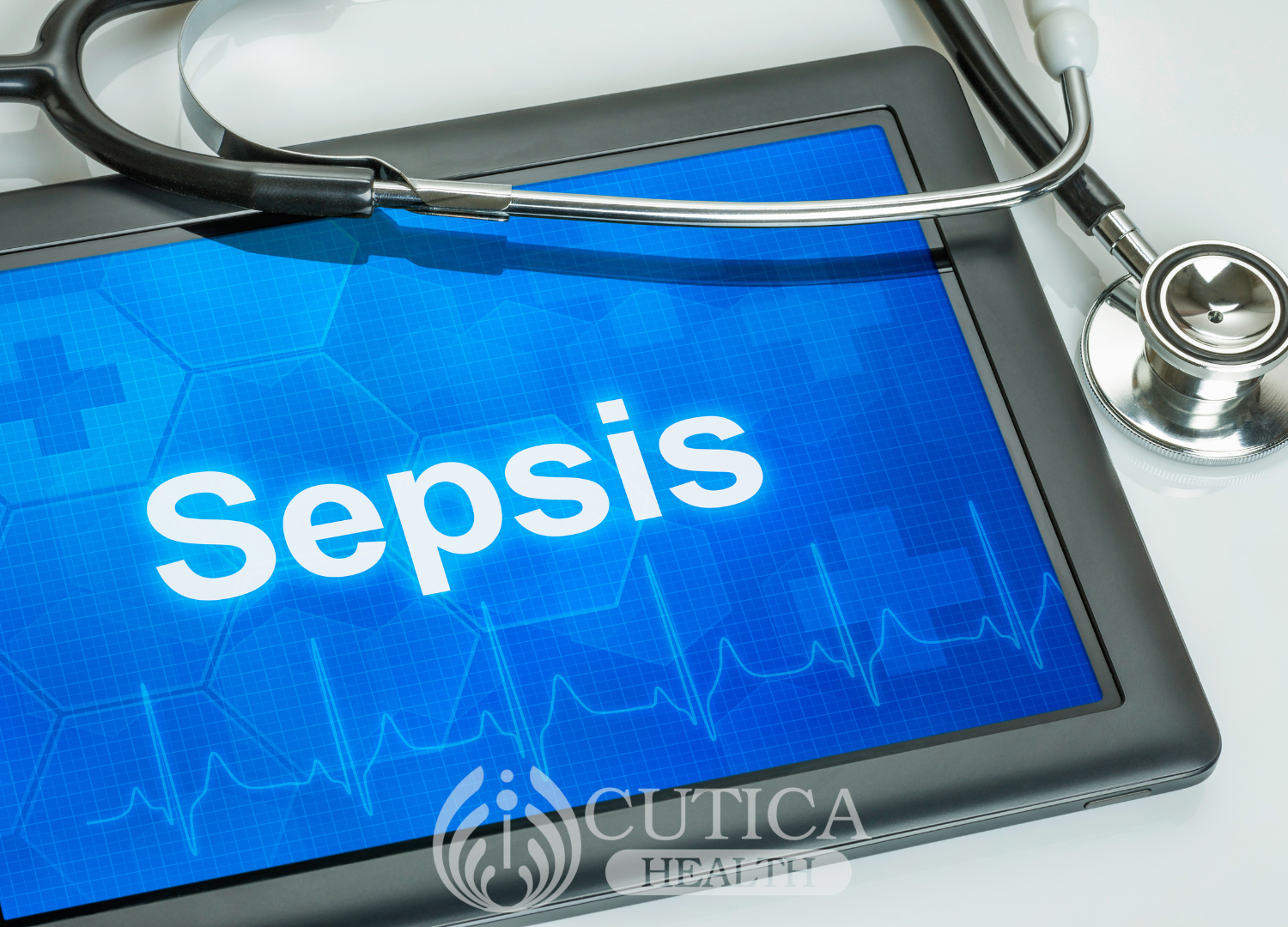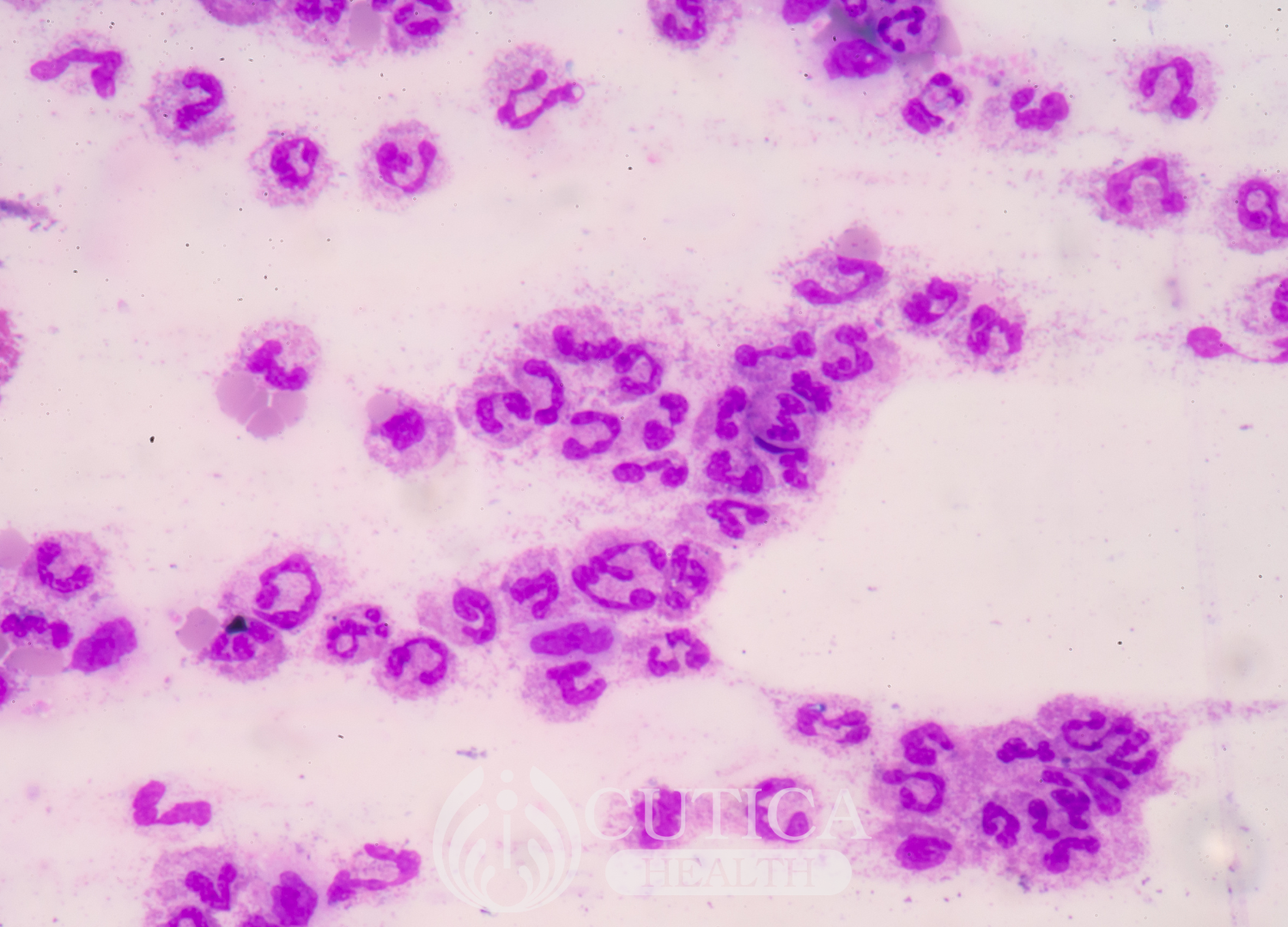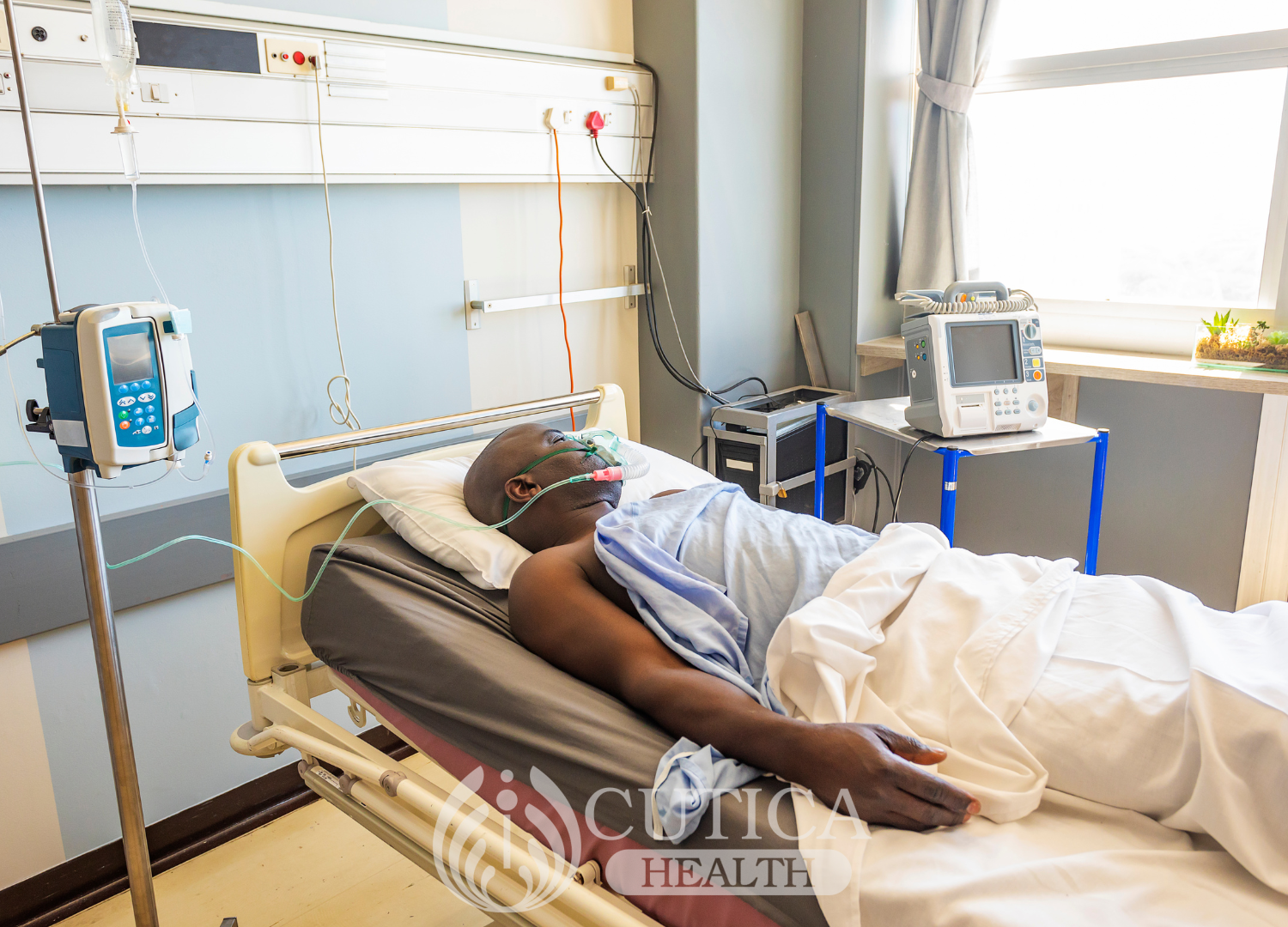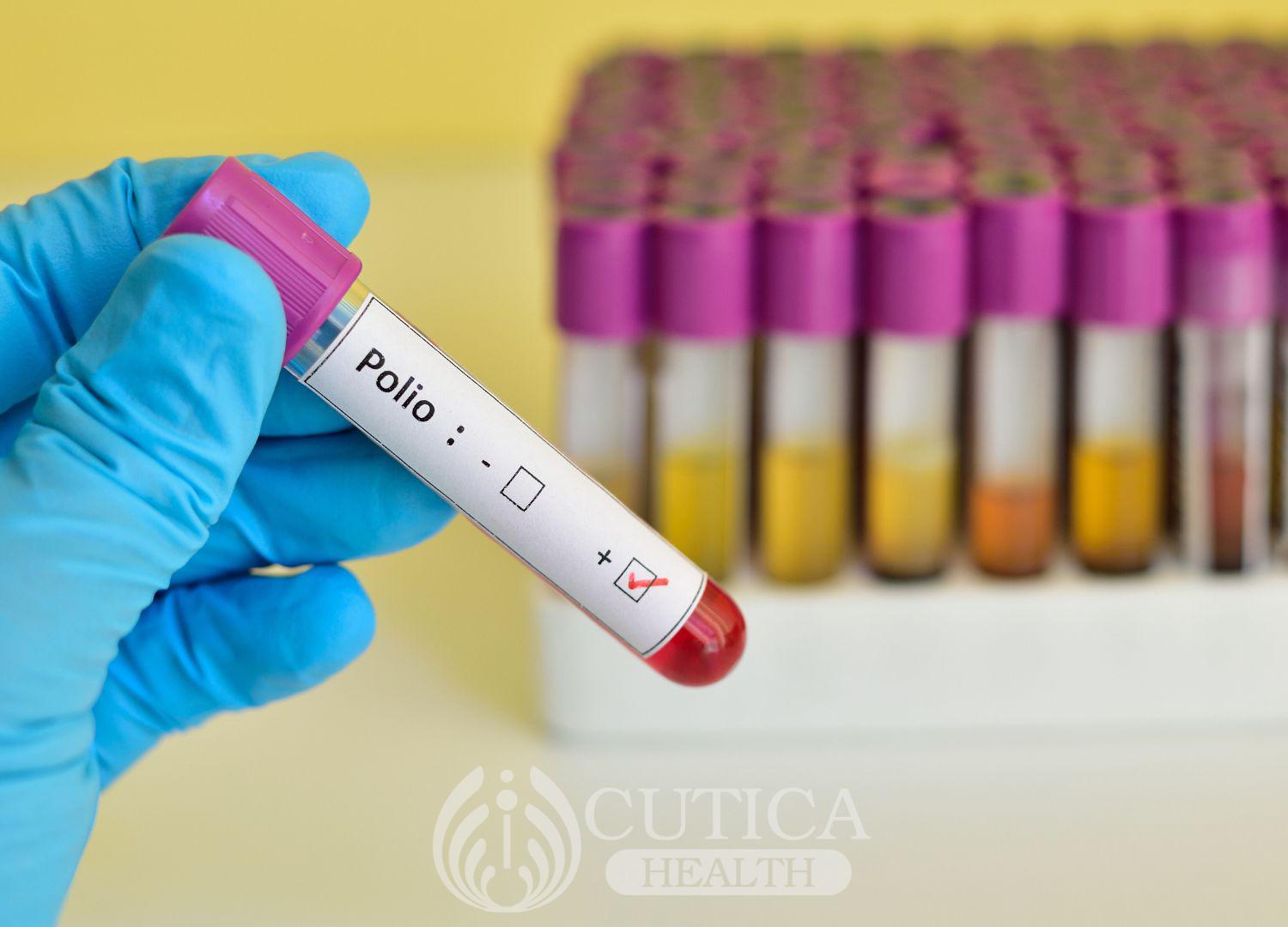
Nurse: “The patient in bed 7 has pneumonia.”
Doctor: “Does she have signs of sepsis?”
Nurse: “None at all.”
Doctor: “Thank God.”
This doctor-nurse dialogue indicates two things. The first is that having an infection does not always indicate sepsis. Secondly, it suggests the doctor fears sepsis.
The doctor’s “respect” for sepsis is well placed because it is one thing to be ill, and another to be critically ill. Sepsis is one of those conditions that makes someone not merely ill, but critically ill. Sepsis claims countless lives every day, and it sometimes strikes with little or no warning.
First, what is sepsis?
Infection by a harmful microorganism (pathogen) triggers the immune system to contain the bug. The patient may experience fever, chills, and rigors due to the chemicals the body uses to fight the infection.
Sepsis is the body’s extreme response to a severe infection. In sepsis, the immune response goes haywire in its effort to fight a pathogen. The inflammatory response, which involves the release of chemicals that cause symptoms like fever and chills, also goes awry. Sepsis is a life-threatening emergency. Infections that cause sepsis can come from any part of the body, such as the lungs, skin, urinary tract, or gut. 
If sepsis is left untreated, the kidneys, liver, and other essential organs stop working properly; death is almost inevitable.
| Sepsis is the body's extreme response to a severe infection. Doctors consider sepsis a formidable enemy and are trained to look for the earliest signs of sepsis to save patients from getting on its deadly slippery slope. |
Five Keys to Reducing Sepsis Fatalities in Critically Ill Patients
Key #1: Early Detection
Early detection is a critical step in preventing fatalities from sepsis. This is because early detection results in treatment before the onset of organ damage. Early signs of sepsis include increases in the heart rate and breathing rate, altered body temperature, and a drop in blood pressure. Symptoms may include confusion, shortness of breath, and feeling very cold. Blood tests can also raise suspicion of sepsis, but these do not take the place of the time-tested art of careful physical assessment of a patient.
| Timely intervention is crucial if sepsis is suspected. Appropriate antibiotics and aggressive use of intravenous fluids and other medications can halt the progression of sepsis and prevent further complications. the earlier treatment is initiated, the better chances of survival. |
Key #2: Integrated Care and Collaboration
All hands must be on deck across all medical and health-related specialists in the battle against sepsis. In modern healthcare systems, “sepsis care bundles” bring together various specialties, including emergency medicine, infectious diseases, critical care, and pharmacy. These bundles are designed to reduce sepsis fatalities by combining the wealth of knowledge from across these specialties and ensuring that all healthcare professionals involved in a patient's care are well-informed and work as a team. Collaborative care is particularly crucial for patients who require advanced intensive care, such as mechanical life support and emergency dialysis.
Key #3: Rapid Initiation of the Right Antibiotic
Rapid antibiotic initiation is the mainstay of sepsis treatment, and there is no room for error. The right antibiotic is necessary to kill the offending pathogen and dial down the body’s untoward sepsis response. Not all antibiotics rise to the task in these life-or-death situations. Therefore, doctors may initially cast a wide net by using a combination of antibiotics based on the suspected pathogen. Once the offending pathogen is confirmed, doctors use the simplest, most effective antibiotic.
Importantly, the rise of antibiotic resistance poses a significant challenge to treating infections. To address this issue, healthcare providers have embraced the concept of Antibiotic Stewardship. By implementing strict protocols and guidelines for antibiotic use, medical teams can make better drug choices, dosing, and duration decisions, thereby minimizing the risk of antibiotic resistance. This approach not only improves patient outcomes but also ensures the long-term effectiveness of antibiotics in fighting sepsis.
| A few antibiotics are considered “big guns” because they are effective against the broader range of pathogens than other antibiotics. They include meropenem and imipenem that can lifesaving when treating sepsis. Care is needed, however, to prevent their indiscriminate use. |
Key #4: Technological Innovation and Precision Medicine
Scientists are working hard to apply the rapid advancements in medical technology in the fight against sepsis. Artificial intelligence (AI) and machine learning algorithms are being used to analyze vast amounts of patient information, with the goal of early sepsis detection, risk stratification, and personalized treatment. Wearable devices equipped with biosensors are also being explored to provide real-time monitoring and enable medical teams to intervene promptly and prevent sepsis-related complications. These methods are still either experimental or not widely available. They will undoubtedly get better with time, and hope is high that they will one day become available to improve sepsis survival in every nook and cranny around the world.
Key #5: Public Awareness and Education
Finally, raising the public’s awareness about sepsis, its risk factors, and the importance of early detection is necessary to reduce sepsis occurrence and its deaths. The educational campaigns can be online or offline and must reach the grassroots to maximize the impact. Appropriate information can help dispel misconceptions and promote early intervention by empowering individuals to seek timely medical care when symptoms arise. The educational campaigns will be most effective if complex medical themes are made relatable to the public; for example, the growing dangers of antibiotic resistance can be illustrated by linking it to the indiscriminate use of over-the-counter antibiotics. We can save countless lives if we foster a sepsis-aware society. 
Conclusion
Healthcare providers have embraced advancements in early detection, integrated care, antibiotic treatment and stewardship, supportive care, and technological innovations to revolutionize the critical care of patients with sepsis and save lives. However, our collective effort doesn't end here. We must continue to raise awareness, invest in research, and promote collaboration. Together, we can turn the tide against sepsis and provide a brighter future for critically ill patients worldwide.
This article was sponsored by Fidson Healthcare PLC












